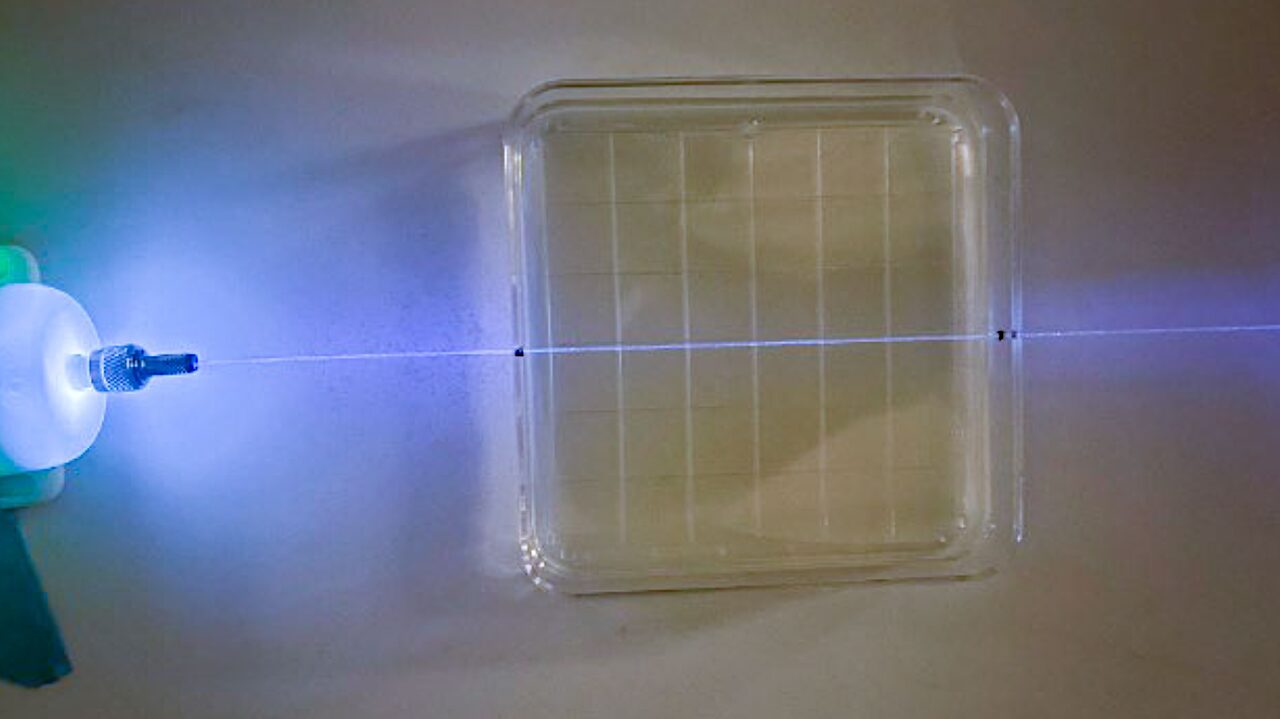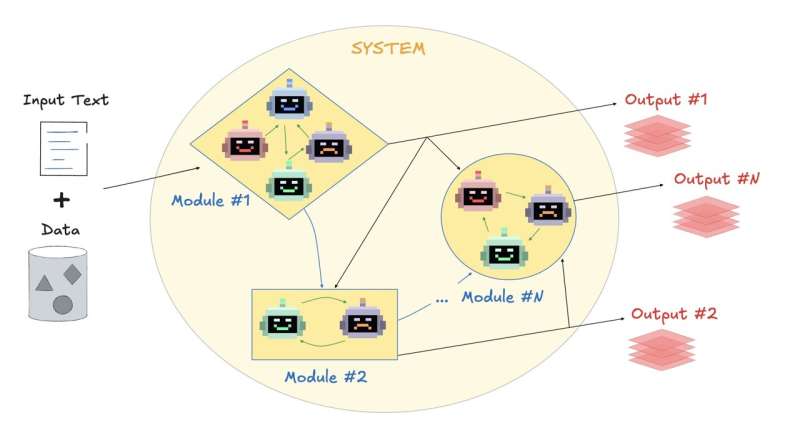Across Europe, significant efforts are underway to address a long-ignored issue: soil pollution. Recent advancements in soil mapping technology are allowing scientists and communities to uncover hidden contamination, particularly from substances like per- and polyfluoroalkyl substances, commonly known as PFAS. This initiative marks a pivotal moment in environmental protection, enabling countries to identify and combat pollution that has persisted beneath the surface for decades.
Denmark serves as a prominent example of this movement. In March 2024, the nation faced its first major crisis related to PFAS, which has been linked to various health issues. This incident sparked widespread concern and prompted a deeper investigation into the extent of soil contamination throughout the country. Experts believe that this crisis is not isolated; rather, it reflects a broader issue affecting numerous European nations.
Innovative Mapping Initiatives Across Europe
In response to the growing awareness of soil pollution, several European countries are launching innovative soil-mapping initiatives. The European Commission and the European Environment Agency are at the forefront of these efforts, providing funding and support to local governments and research institutions. These initiatives aim to create comprehensive maps that detail the presence of harmful substances in the soil, which can have significant implications for public health and agriculture.
For instance, Germany has introduced new technologies that allow for real-time monitoring of soil quality. This approach not only helps in identifying contaminated areas but also aids in developing strategies to remediate polluted sites. Similarly, France is investing in research to understand the long-term effects of soil pollution on ecosystems and human health, emphasizing the importance of sustainable land management practices.
The mapping efforts are not limited to government initiatives; grassroots movements are also playing a critical role. Citizens are becoming increasingly involved in environmental advocacy, pushing for transparency and action from policymakers. Community-driven projects are arising, empowering individuals to participate in soil testing and data collection, thus fostering a sense of responsibility toward the environment.
Challenges and Future Directions
Despite the progress made, several challenges remain. The complexity of soil pollution, combined with the historical lack of regulation, means that many contaminated sites are still unidentified. Moreover, there is often a lack of unified standards for assessing soil quality across different countries, complicating cross-border efforts to tackle pollution effectively.
Furthermore, funding for these initiatives can be inconsistent, with some regions struggling to allocate sufficient resources for comprehensive soil assessments. As countries work towards addressing these challenges, collaboration will be essential. The exchange of knowledge and best practices among nations can facilitate more effective strategies for identifying and remediating contaminated soil.
As Europe continues to confront the issue of soil pollution, the ongoing mapping initiatives represent a crucial step toward a healthier environment. By raising awareness and implementing innovative solutions, the continent is moving closer to understanding and ultimately mitigating the impact of this hidden contamination.







